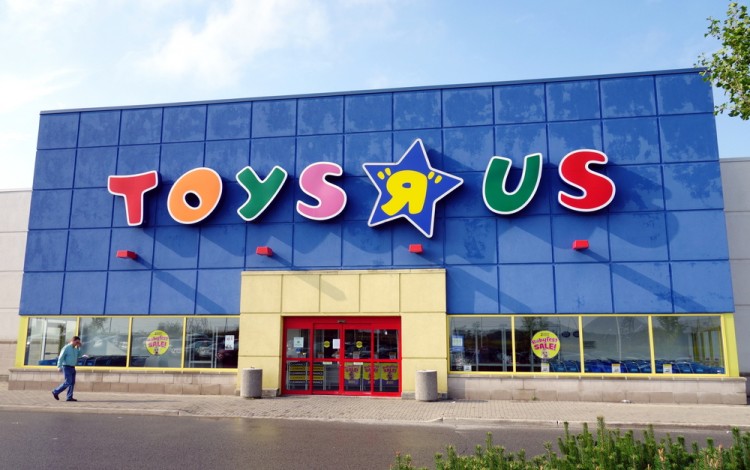Toys ’R’ Us and Disney: A Tale of Two Retailers

UPDATE, 1 Nov 2018: Toys “R” Us Iberia partners with Openbravo to drive omnichannel transformation of its 60 stores in Spain and Portugal. Find out more details in our Press Release.
The vision of endless isles with toys stacked to the sky and “everyday low prices” at Toys ’R’ Us was the experience that made it a childhood staple across America for more than four decades.
But like many other large retailers, Toys R Us has struggled to find the right balance for the omnichannel era and has filed for bankruptcy protection. Saddled with excessive debt, Toys ‘R’ Us was unable to adapt fast enough to the changes sweeping through the retail industry.
Ironically, Toys ‘R’ Us was one of the first big brick-and-mortar retailers to see threat posed by the internet, but it made a fatal misstep from which it never recovered. In 2000, at the height of the dotcom boom, it struck an exclusive deal with Amazon to sell toys on Amazon’s website. But the arrangement ultimately failed, and Toys ‘R’ Us was never able to make up the ground it lost to Amazon in e-comerce. In addition, its store network continued to struggle with inventory problems as recently as 2016.
The omnichannel world favors smaller, more agile and experience-based stores that are not just high-tech, but more importantly, high-touch. The company’s recent turn to bankruptcy illustrates that retailers must combine technological capabilities and lean stores to achieve operational excellence in omnichannel retail.
The Turning Point
Toys ‘R’ Us finally invested in an integrated, end-to-end omnichannel initiative in 2014 and appointed its first CIO in 2016. Today, their website includes a range of omnichannel options including a mobile-enabled interface, flexible payment methods, wish lists, gift cards, and low-price guarantees. The company also has Rewards ‘R’ Us loyalty program in place, used to personalize offers, drive store traffic with exclusive events, and improve product life cycle management.
It now offers omnichannel fulfillment options including free shipping, mail-in returns, and buy-online-pickup-in-store (BOPIS) options. And four stores piloted endless aisle digital kiosks which allowed customers to purchase items and pick them up at the front of the store — no checkout lines! — or have them delivered.
All of these changes have moved Toys ‘R’ Us in the right direction, but they have not addressed the fundamental shift in retail sparked by the omnichannel movement.
The Lynchpin
With a smart omnichannel strategy in place, Toys ‘R’ Us just doesn’t need all that floor space anymore. Up to now, stores were optimized for driving transactions, but now that transaction can happen anyplace, at any time, physical locations need to re-focus on doing what can’t be done online, such as build relationships, offer service, solve problems, and upsell.
The Disney Store, for example, is testing a new store prototype in several locations that promises to bring a little bit of Disneyland right into the store, with live screenings of their Main Street Parade, character interactions, and customizable product lines and brand collaborations — fancy a Mickey Mouse Coach bag or a Beauty-and-the-Beast Le Creuset soup pot, anyone?
With a proper omnichannel strategy and logistics in place, it is not surprising that Toys ‘R’ Us has decided to downsize and re-design its stores to be more experienced-based. It plans to use augmented reality technology, for example, in an effort to make the retailer’s roughly 1,600 stores more interactive.
If you are interested in finding out more about operational excellence, please watch our upcoming webinar on October 10 at 11:30 CET: Achieving Operational Excellence in Omnichannel Retail




No Comment